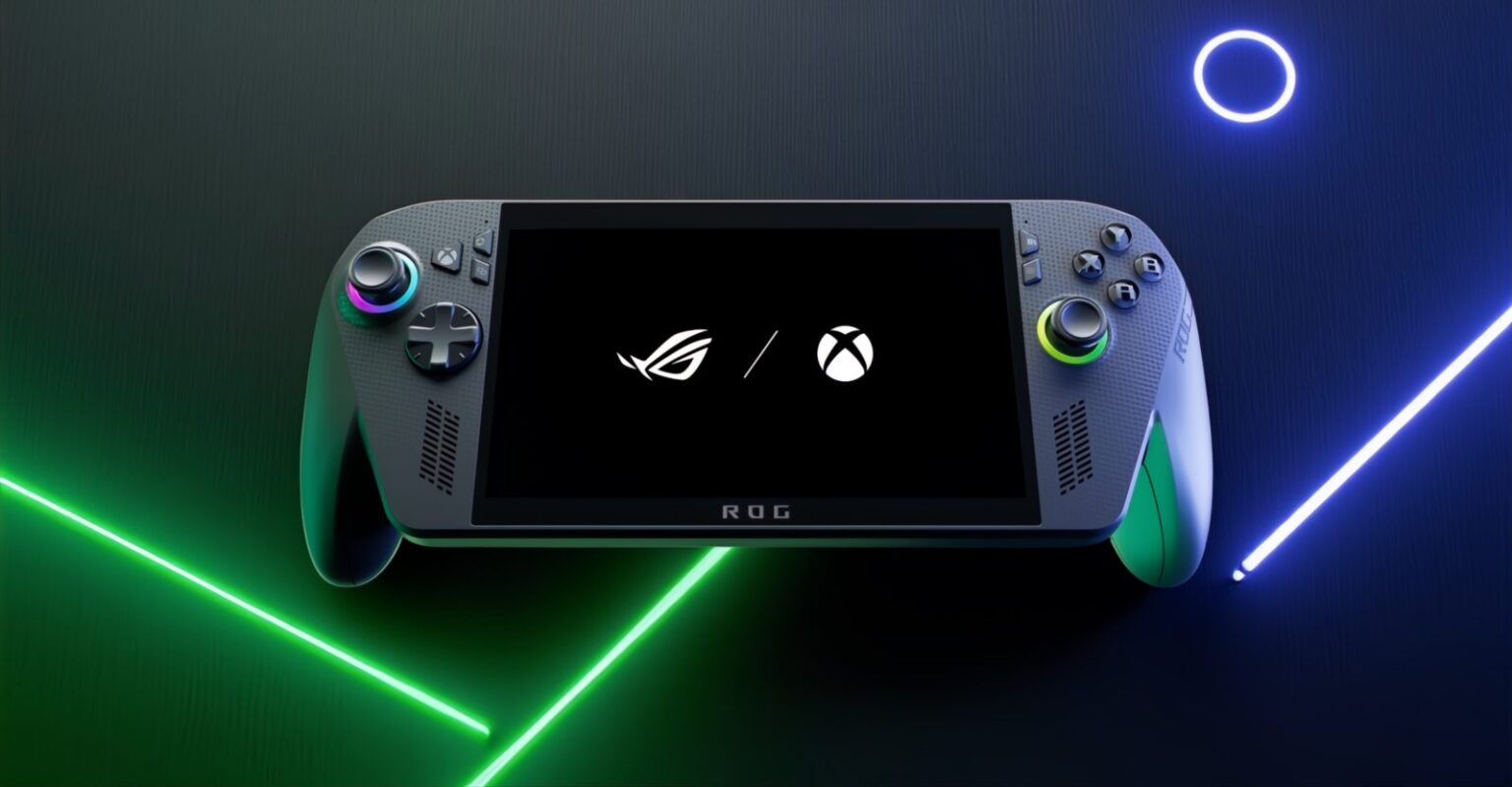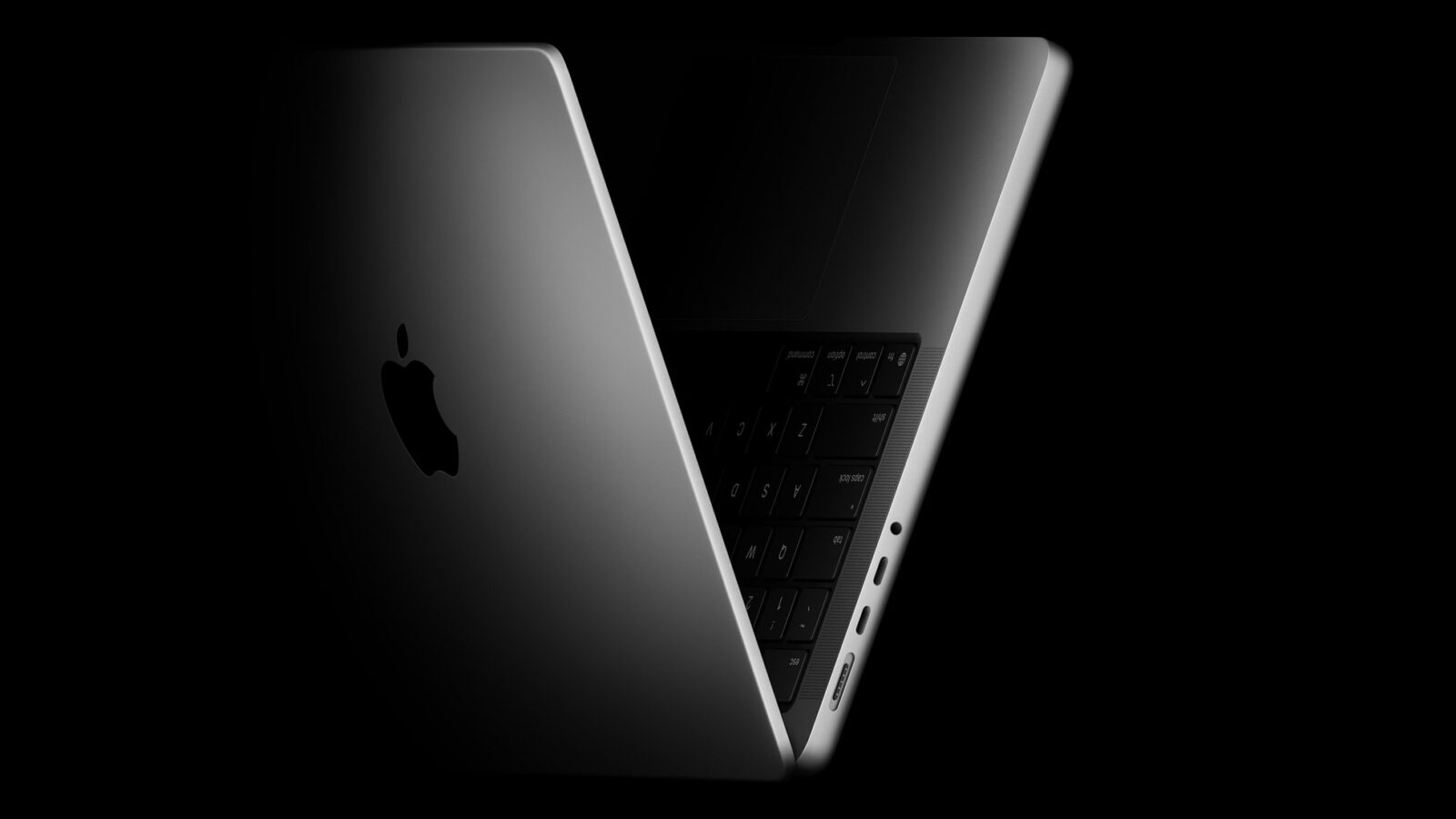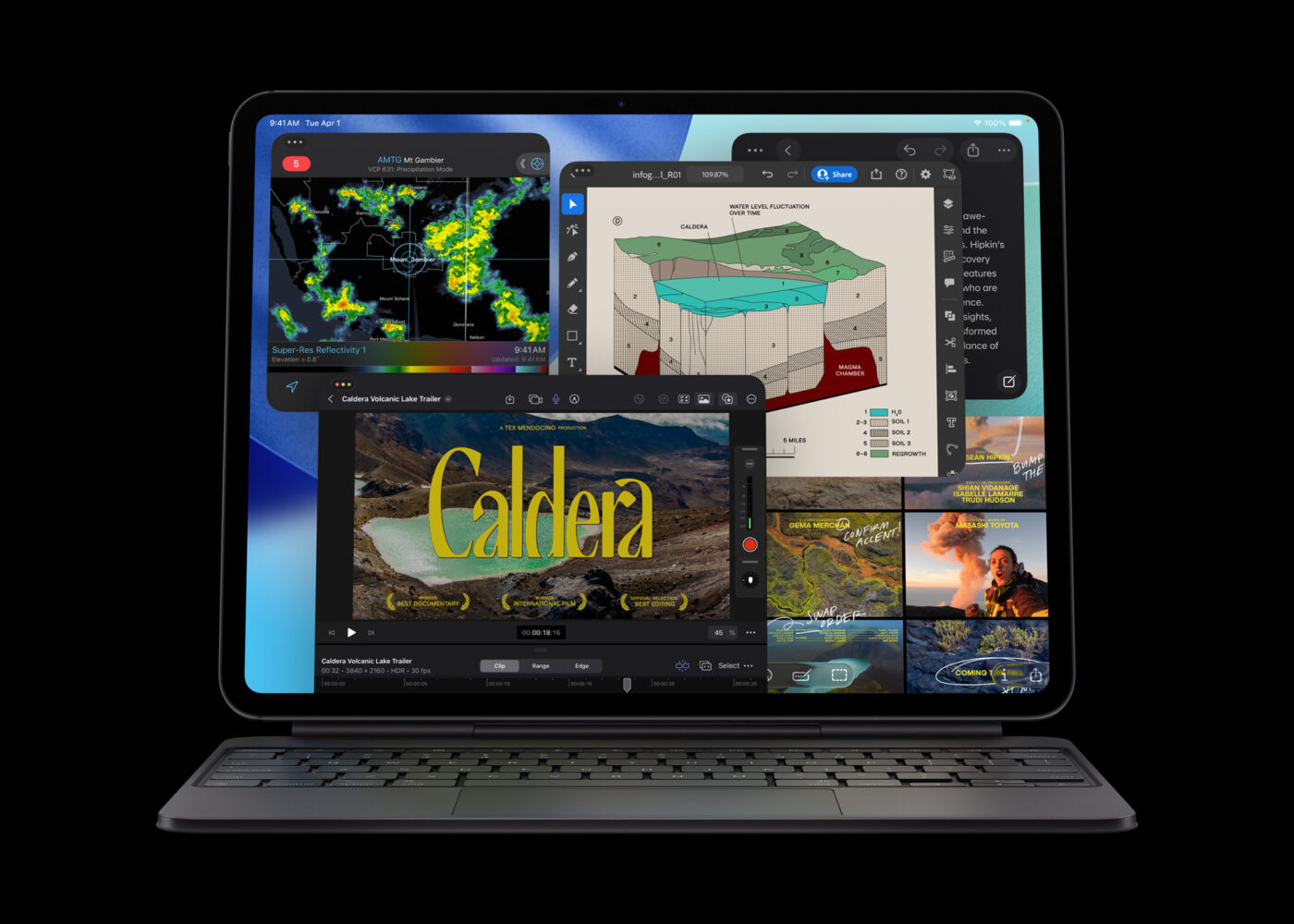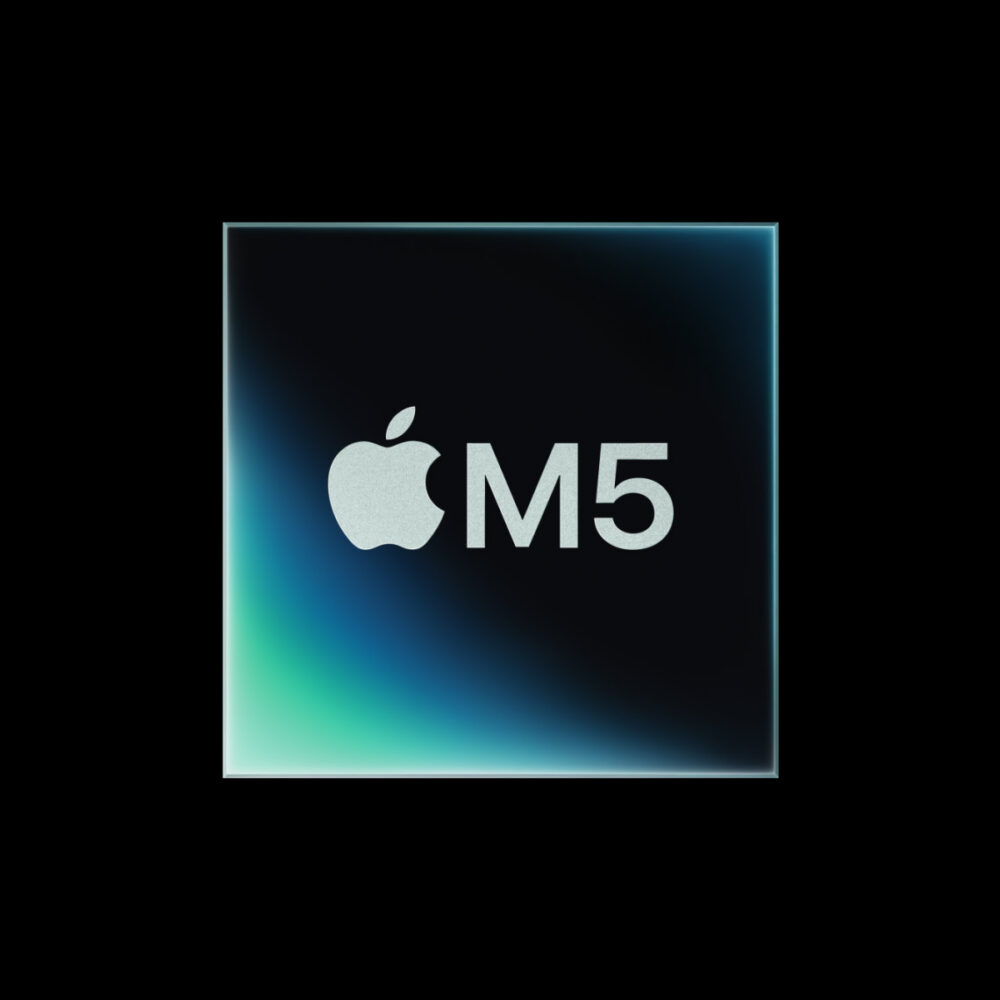TL;DR: The ROG Xbox Ally X is the handheld gaming PC we’ve been waiting for—powerful, elegant, and finally stable. Between its Ryzen Z2 Extreme processor, 120Hz display, console-grade ergonomics, and thoughtful software, it’s the first Windows handheld that doesn’t feel like a compromise. Pricey, yes, but absolutely worth it.
ROG Xbox Ally X (2025)
You know that moment when Tony Stark first steps into the Mark III suit, the HUD lights up, and you realize he’s no longer playing with prototypes—he’s arrived? That’s how it felt the first time I powered on the ROG Xbox Ally X. ASUS and Xbox didn’t just iterate; they redefined what a handheld gaming PC can be. This isn’t just another experiment in shrinking a gaming laptop. It’s the culmination of years of tinkering, feedback, firmware updates, and existential crises in BIOS menus.
The 2025 ROG Xbox Ally X feels like the moment the handheld gaming PC finally levels up. It’s confident. It’s sleek. It’s a little bit arrogant—and it absolutely should be.
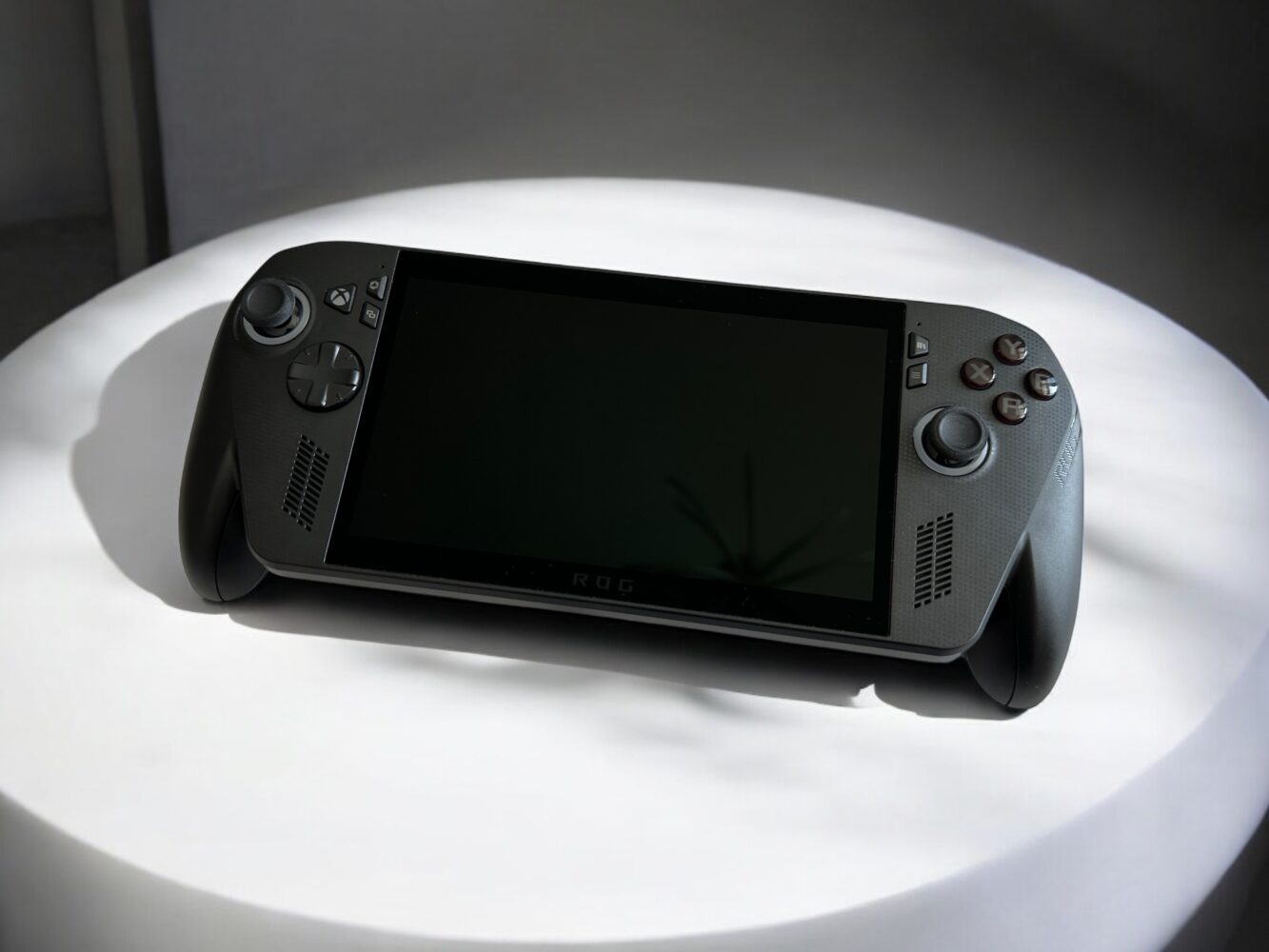
The Setup: Welcome to the Future (After Sixteen Updates and a Prayer)
Setting up the ROG Xbox Ally X still feels like performing a tech ritual. ASUS doesn’t hold your hand through it; instead, they hand you a lightsaber and expect you to know which button turns it on. Out of the box, you’re hit with the classic windows experience… updates! It’s not quite plug-and-play—it’s more plug, pray, update, reboot, and repeat. But once you get through the gauntlet, the reward is worth every restart.
When the dust settles, the new Xbox Full Screen Experience greets you like a console from the future. The UI feels clean, minimal, and refreshingly intuitive—a far cry from the cluttered desktop interfaces we’ve suffered through on other handheld PCs. Everything from signing in to browsing your library feels smooth and console-like. The Xbox dashboard blends seamlessly with Windows 11’s underpinnings, making this hybrid OS surprisingly coherent. Thought it can be a bit slow at times.
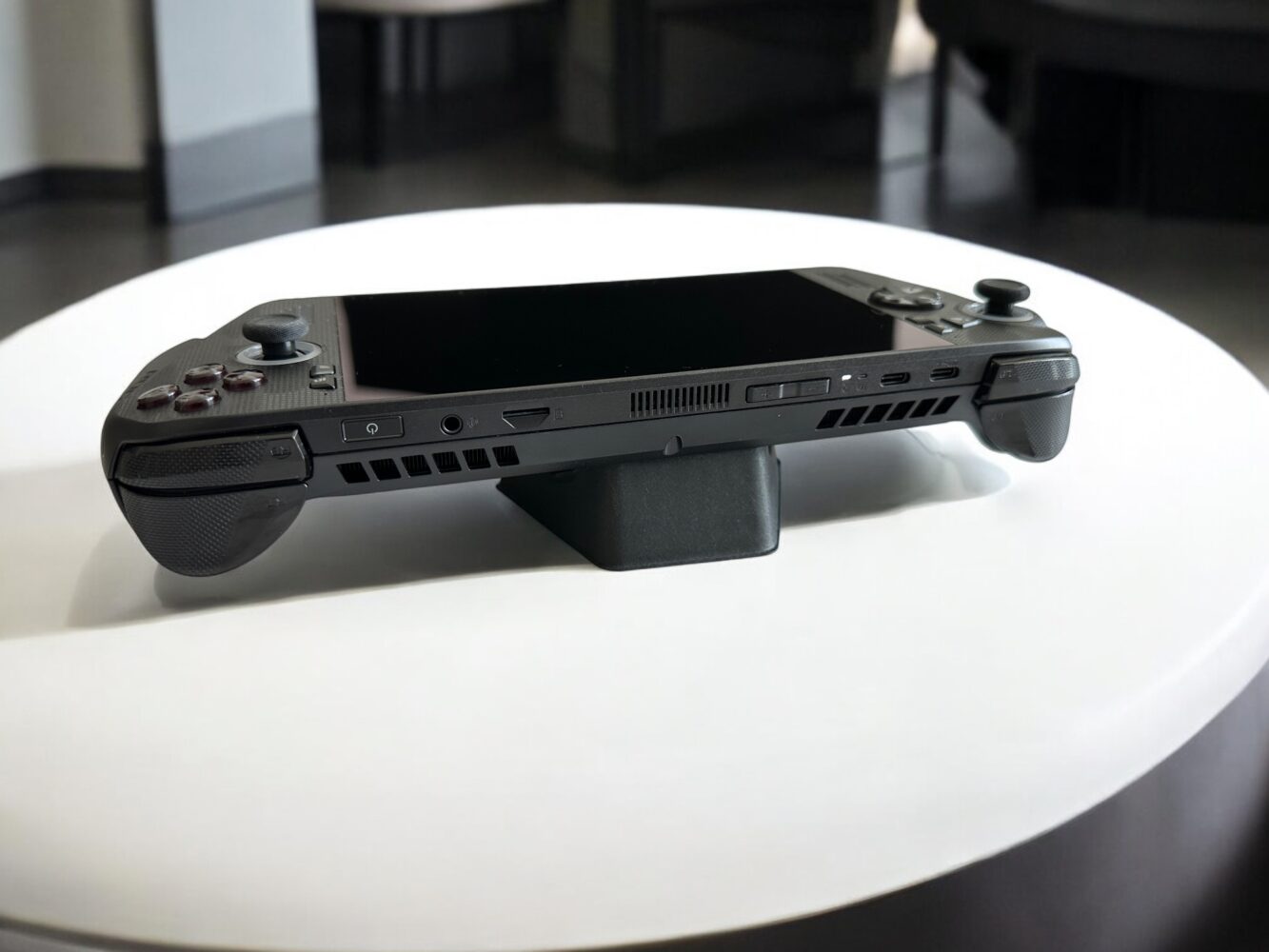
There’s even a thoughtful touch: the power button doubles as a fingerprint reader, letting you log in instantly. No clunky password inputs, no forced PINs. It feels natural, almost luxurious.
For once, it feels like Windows actually wants to be on a handheld. No janky scaling, no mismatched resolutions, and the UI respects your time. It’s like watching Microsoft and ASUS finally have a productive therapy session after years of ignoring each other.
Design: Ergonomics from the Future
I can’t overstate how much of a difference the new chassis makes. Gone are the flat, slightly uncomfortable grips of the original Ally. The ROG Xbox Ally X introduces a sculpted, Xbox-controller-inspired design that melts into your hands. The texture on the back feels premium and grippy, and the microprinted ROG pattern adds a subtle flair without turning the device into a gaming carnival.
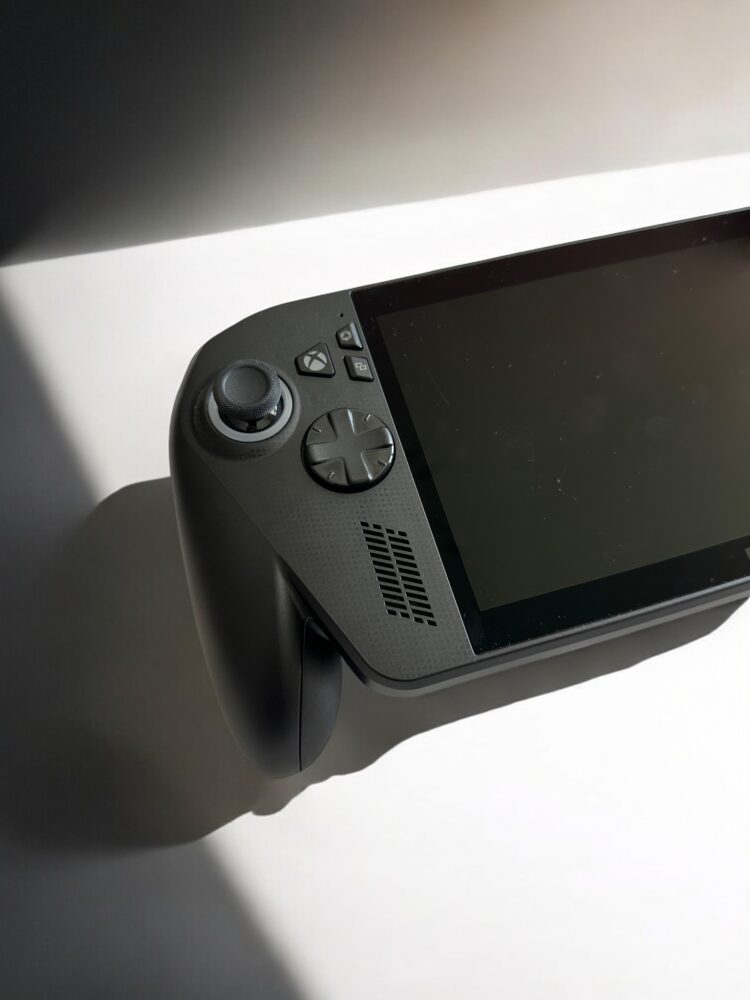
At 715g, it’s heavier than the Switch OLED (420g) but manages its weight beautifully. ASUS’s engineers nailed the balance point—whether you’re lying down, sitting upright, or holding it midair during an intense boss fight, it never feels top-heavy. It’s the kind of ergonomic magic that only happens when hardware designers actually listen to feedback.
Small refinements make a big difference: The new rear macro buttons are smaller and require firmer presses, minimizing accidental triggers. The Xbox button now sits proudly to the left of the screen, more visible and easier to access. And that matte black finish? Gorgeous. It feels like stealth tech—less glossy plastic toy, more professional gear.
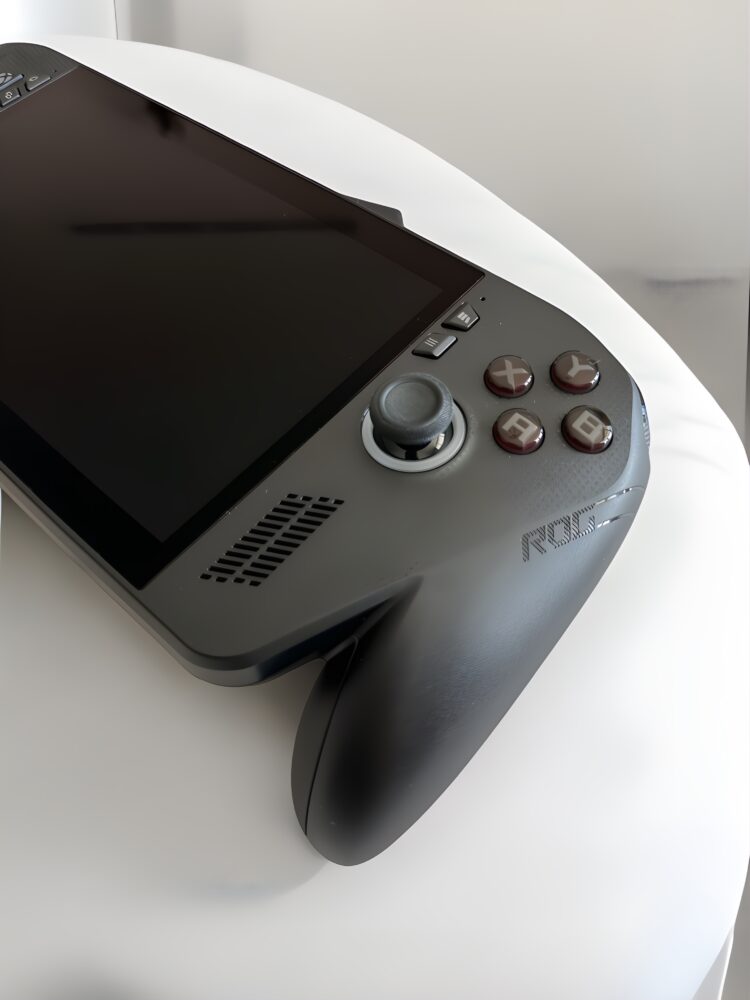
Aesthetically, it’s a triumph. The redesigned vents shaped like the ROG “Fearless Eye” logo add a hint of flair, while the subtle LED glow reminds you that yes, you are holding something crafted for gamers, not just made for them.
Display: The Window to Your Gaming Soul
The 7-inch 1080p 120Hz display on the ROG Xbox Ally X is stunning as it’s perfectly tuned for what handheld gaming needs. With 500 nits of peak brightness, it’s usable outdoors—something that can’t be said about most handhelds in this space. The DXC anti-reflective coating from Corning drastically cuts glare, making it surprisingly playable under direct light.
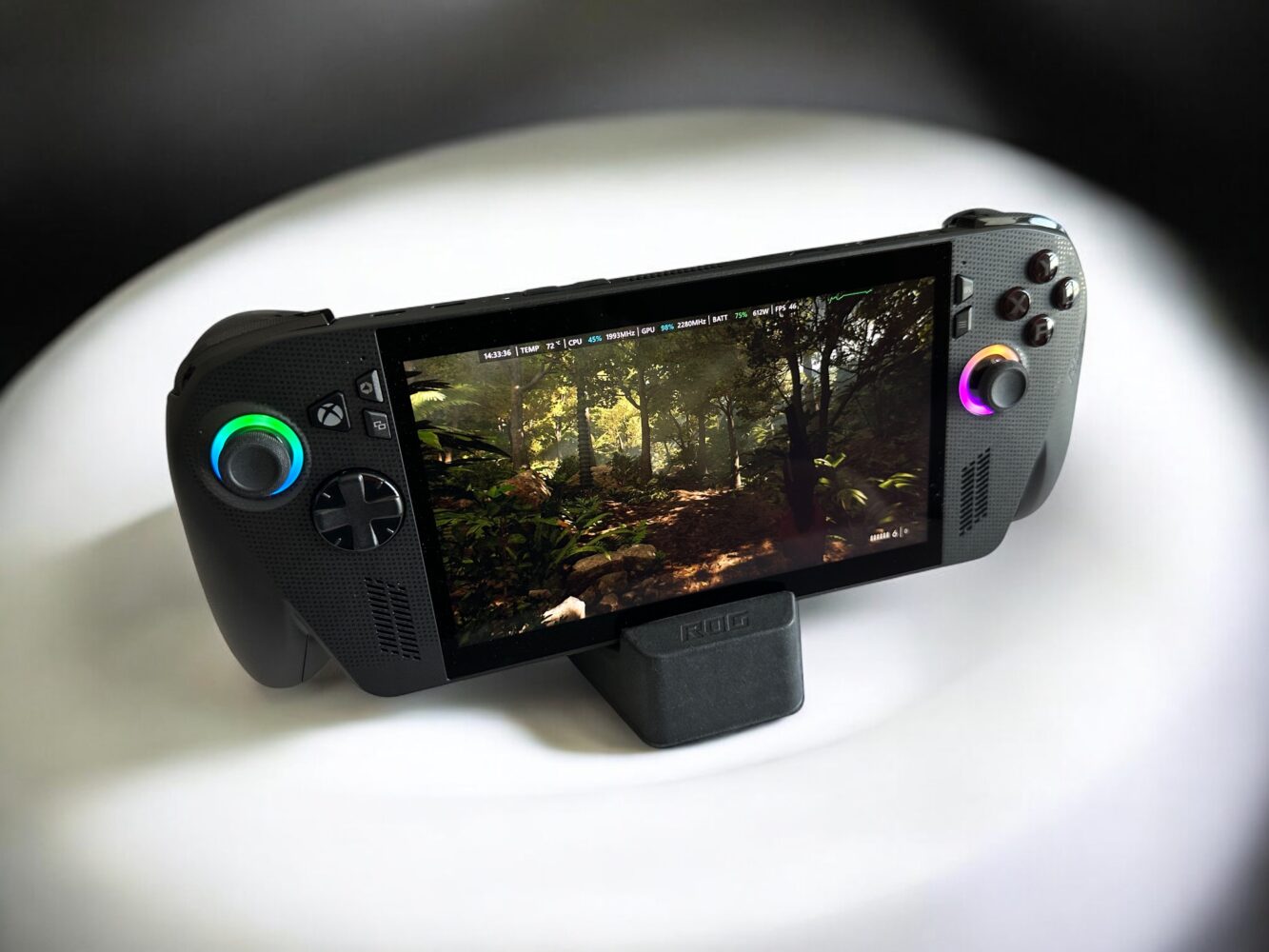
The colors are rich, with full sRGB coverage and about 75% Adobe RGB, meaning games like Ori and the Will of the Wisps and Hollow Knight look jaw-droppingly beautiful. The combination of high refresh rate and AMD’s FreeSync Premium VRR makes motion buttery smooth, even in frantic shooters like DOOM Eternal. The difference is visceral. Once you experience 120Hz handheld gaming, going back to 60Hz feels like a downgrade.
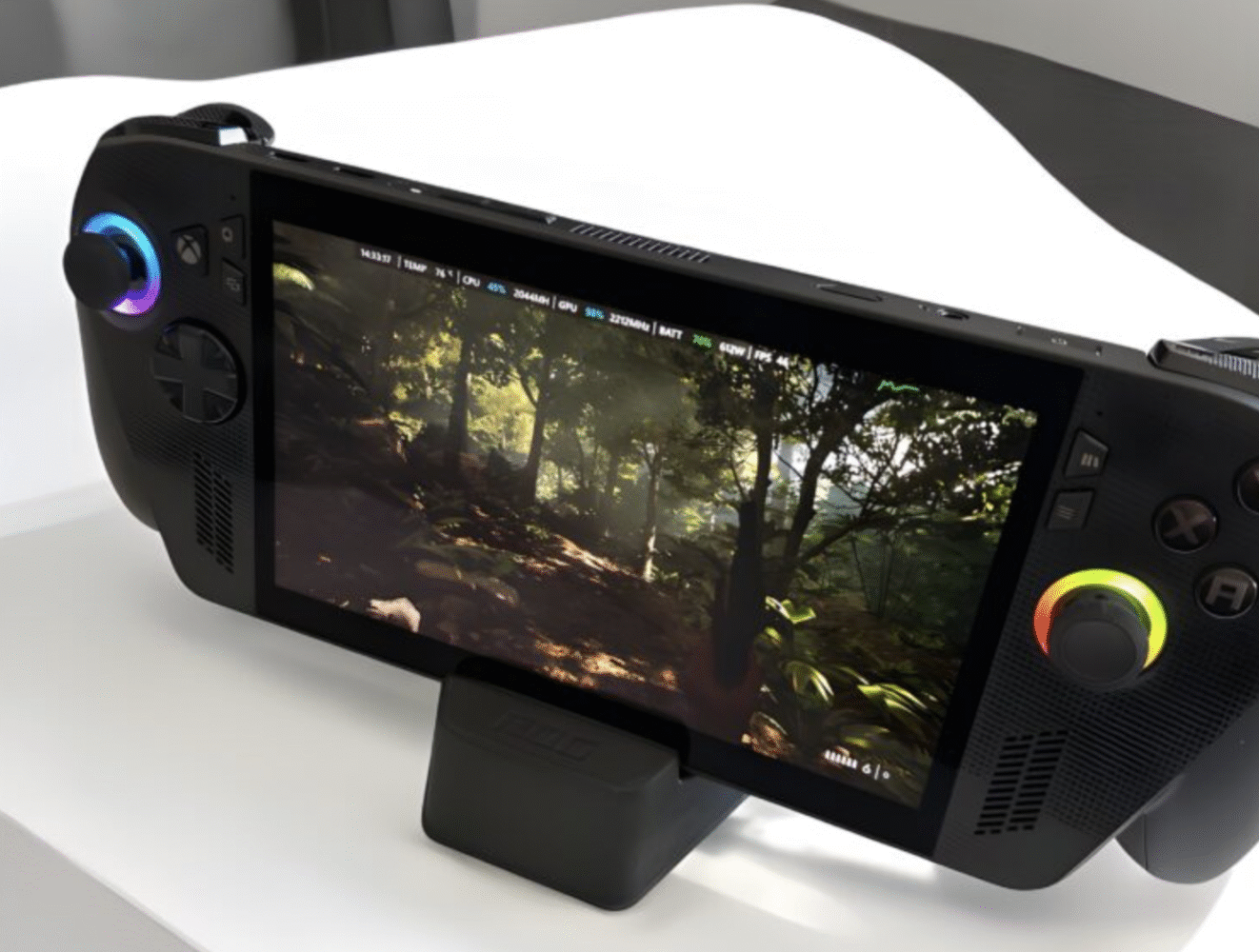
Touch response has improved, too. Navigating Windows with touch finally feels natural, not like trying to pet a cat underwater. It’s crisp, immediate, and well-calibrated.
Performance: Z2 Extreme Goes Brrr
Let’s talk power. The AMD Ryzen AI Z2 Extreme is the beating heart of this beast—a Zen 5, 8-core, 16-thread processor that can boost up to 5GHz. Paired with RDNA 3.5 graphics and an NPU capable of 50 TOPS of AI computation, the ROG Xbox Ally X isn’t just keeping up—it’s leading the handheld race.
In raw performance terms, this thing outpaces the Steam Deck OLED by a country mile. Forza Horizon 5 and Starfield just make your eyes drop out, running buttery smooth at 1080p, in Trubo mode.
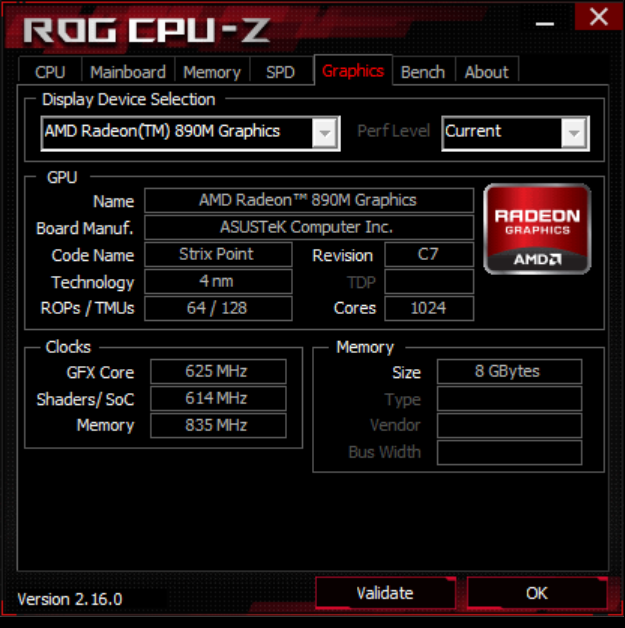
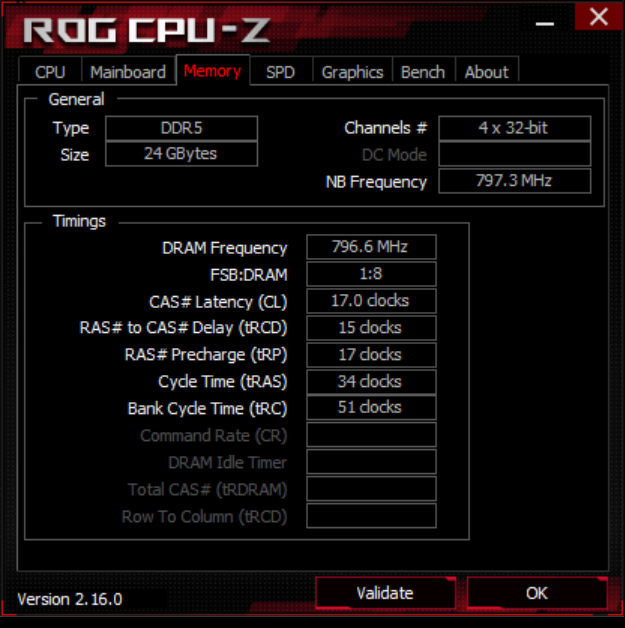
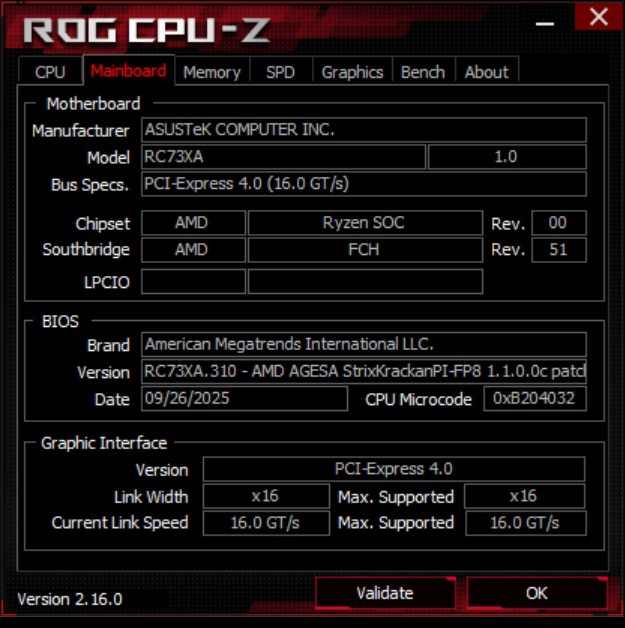
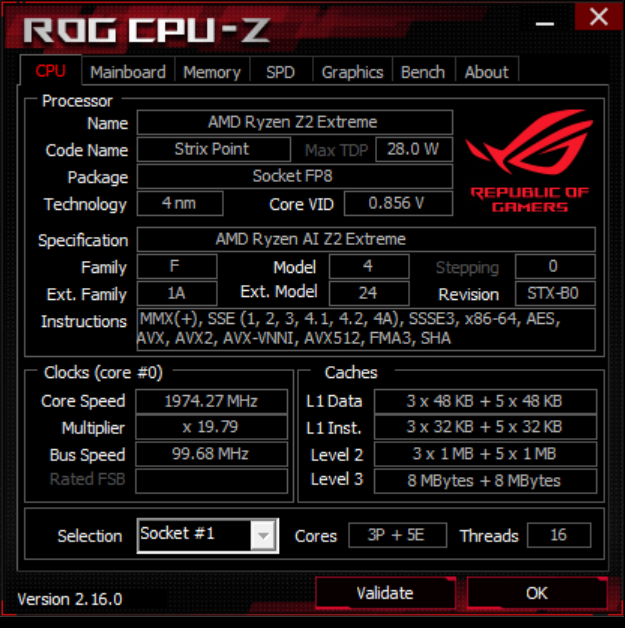
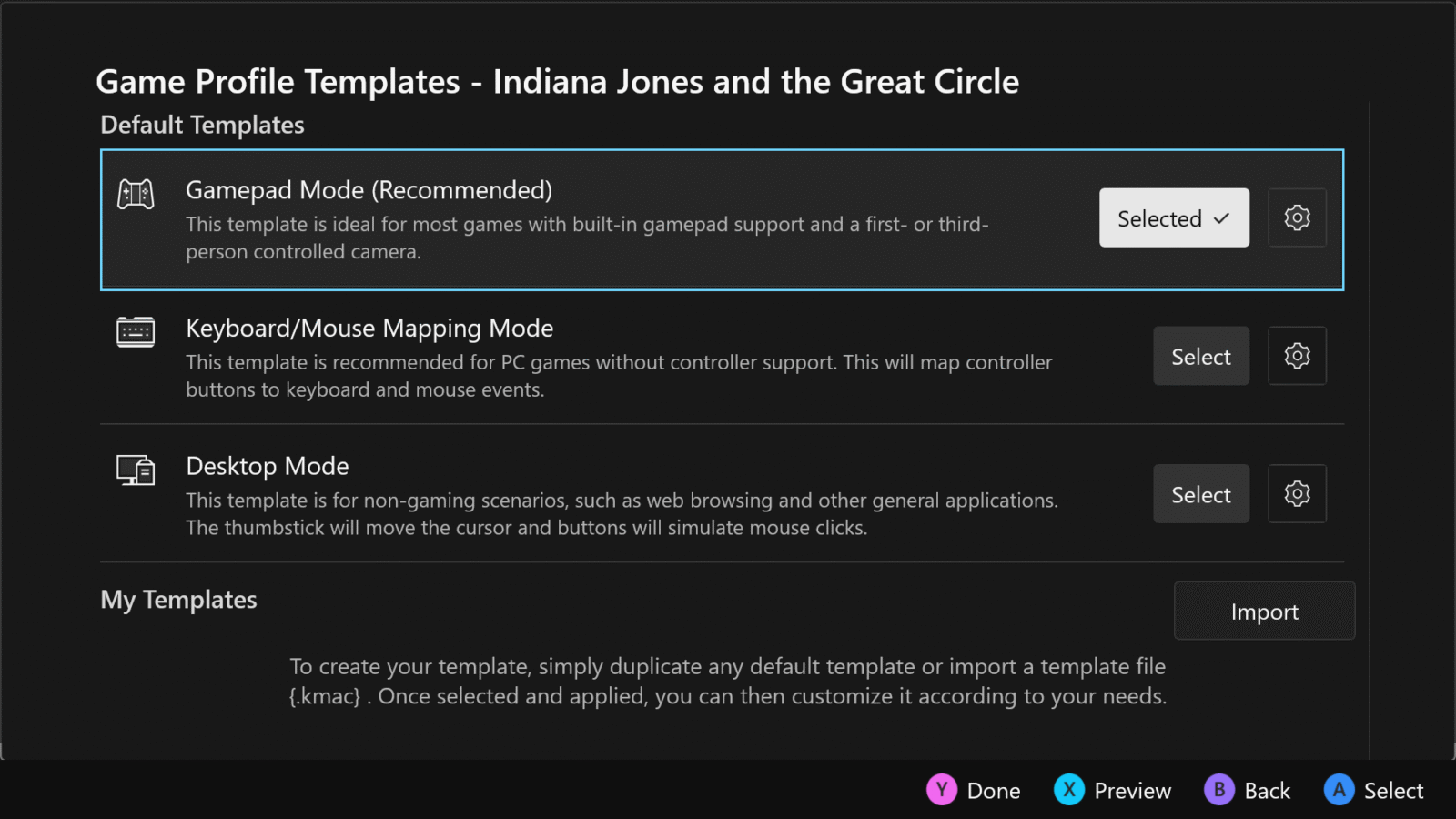
But here’s where it gets interesting: Silent Mode. The ROG Xbox Ally X delivers playable framerates in modern games at 10–15W. That’s unheard of in this space. Combined with its improved cooling—ASUS’s new Zero Gravity thermal system—you get stable temps and whisper-quiet operation. Even in Turbo mode, fan noise rarely exceeds 40dB. The cooling system’s design, featuring dual fans and precise vent placement, keeps performance consistent even when held in unconventional orientations. You would literally have to put your ear on the fans to hear them, how did ASUS do it?!
And yes, you can absolutely play for hours in bed without branding your palms. Progress.
Battery Life: The Redemption Arc
The Achilles’ heel of early handheld PCs was always battery life. Not anymore. The 80Wh battery in the ROG Xbox Ally X is the largest in its class, and it shows. In real-world use, I managed:
- 8-10 hours for India titles (Silent mode)
- 5-6 hours in Forza Horizon 5 (Performance mode)
- 3-4 hours in Starfield (Turbo mode)
That’s a massive leap from the original Ally’s measly 2-hour runtime under load. ASUS also improved the battery management system, meaning you can leave it idle for days without seeing it drain to nothing.
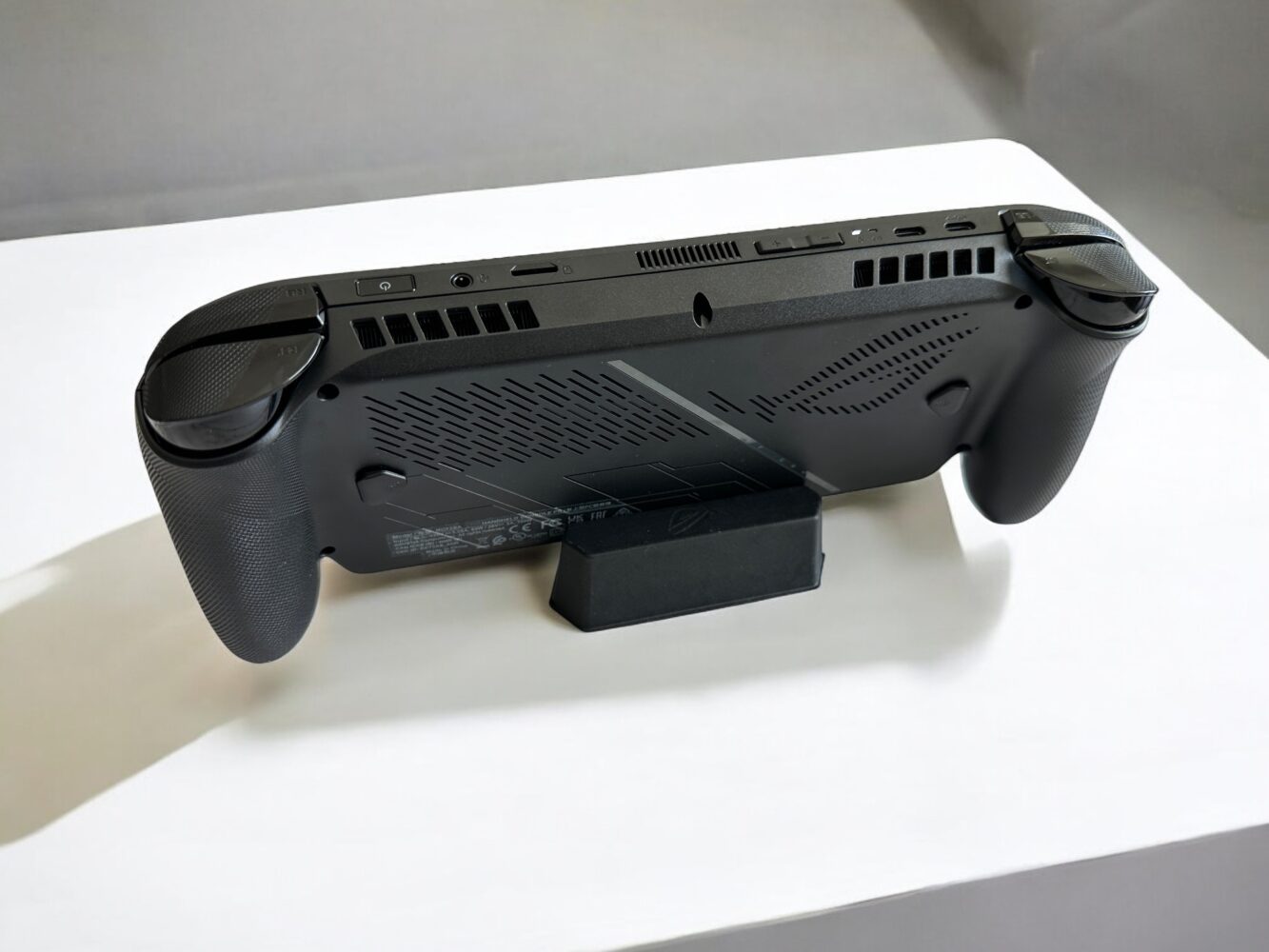
Charging is equally impressive: 0 to 50% in under 30 minutes with the included 65W charger. And because the ROG Xbox Ally X now has dual USB-C ports (one Thunderbolt-compatible), you can charge and dock simultaneously without sacrificing connectivity. No more choosing between charging and your favorite controller.
Controls and Audio: Console DNA in PC Form
The controls on the ROG Xbox Ally X are sublime. Every button press feels deliberate, every stick movement precise. The Hall Effect triggers and sticks eliminate drift concerns while delivering an uncanny smoothness. The textured triggers feel premium—more like an Xbox Elite controller than a handheld input.
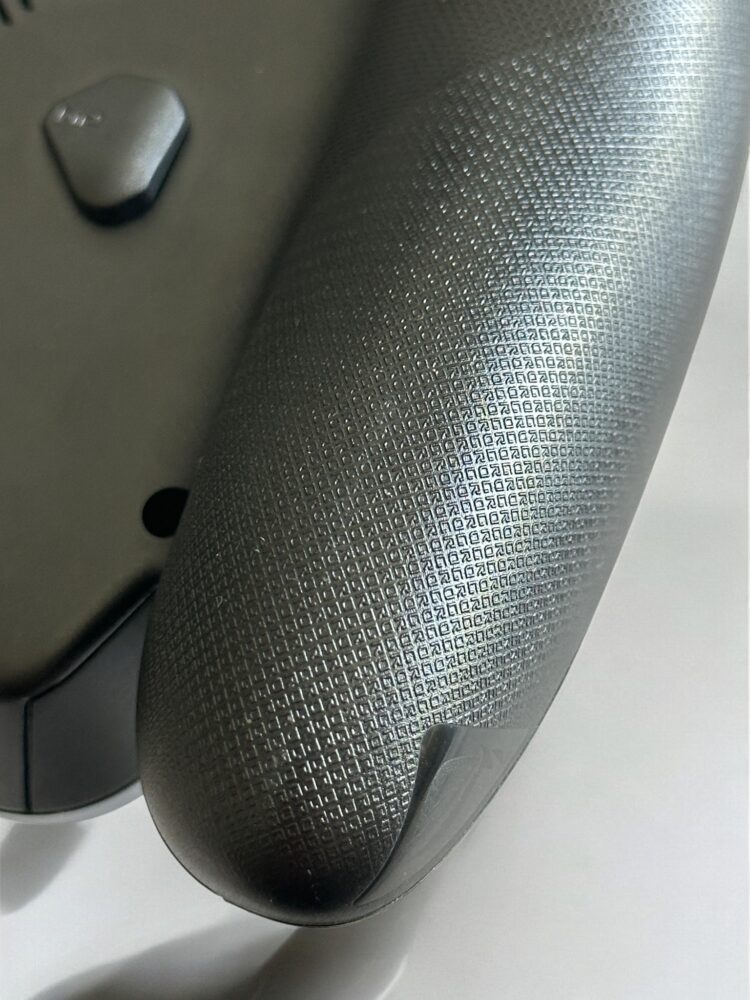
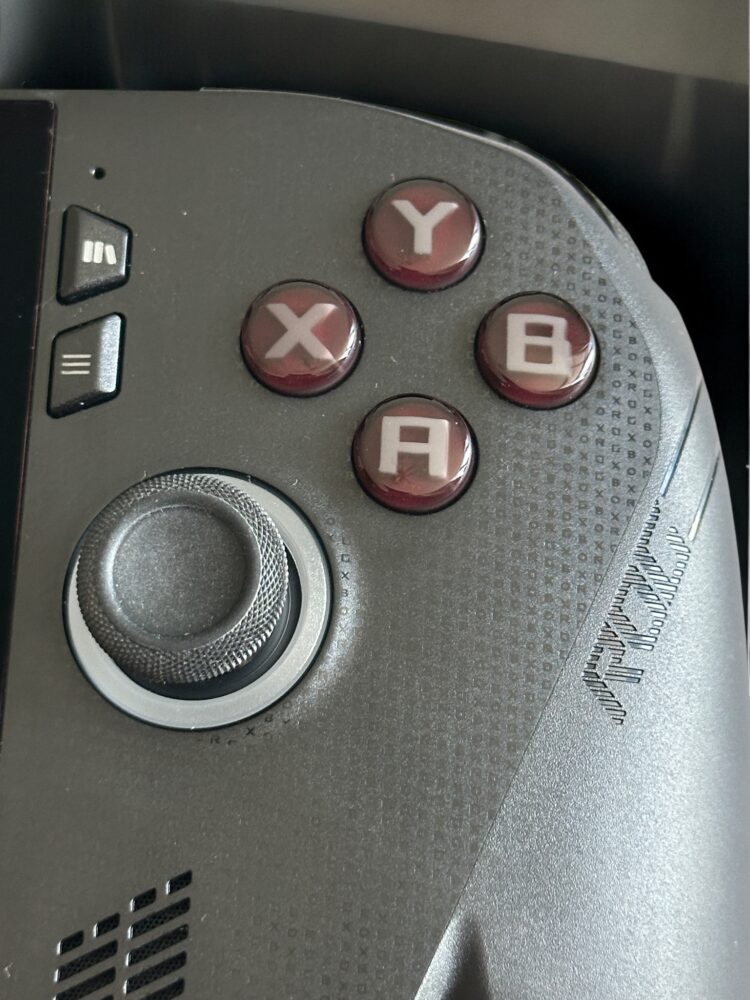
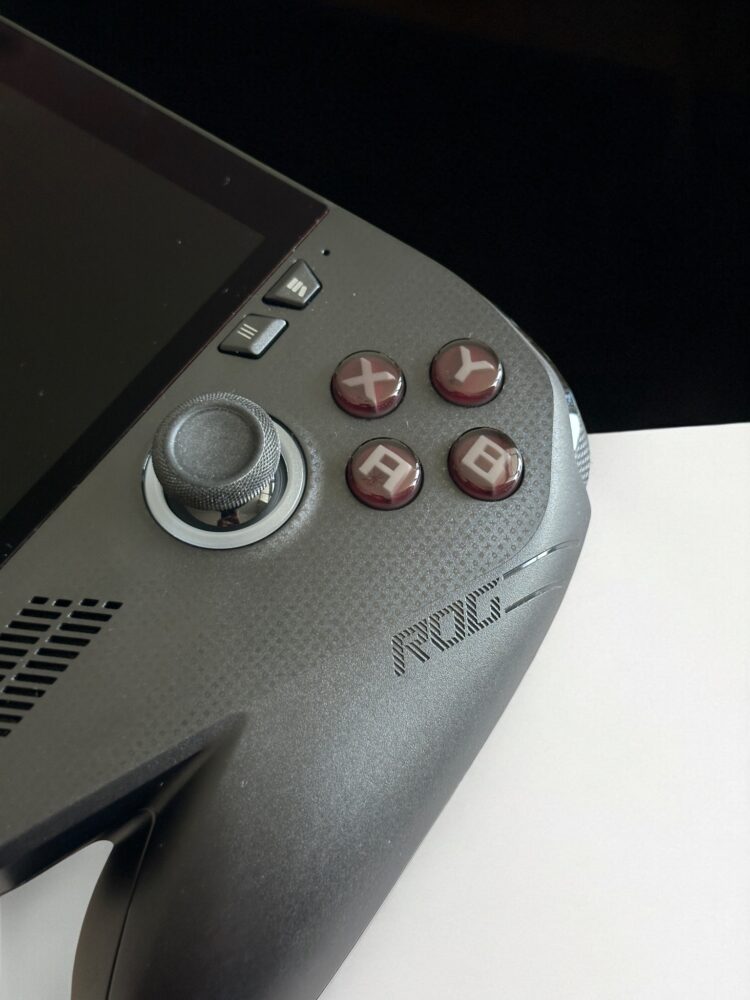
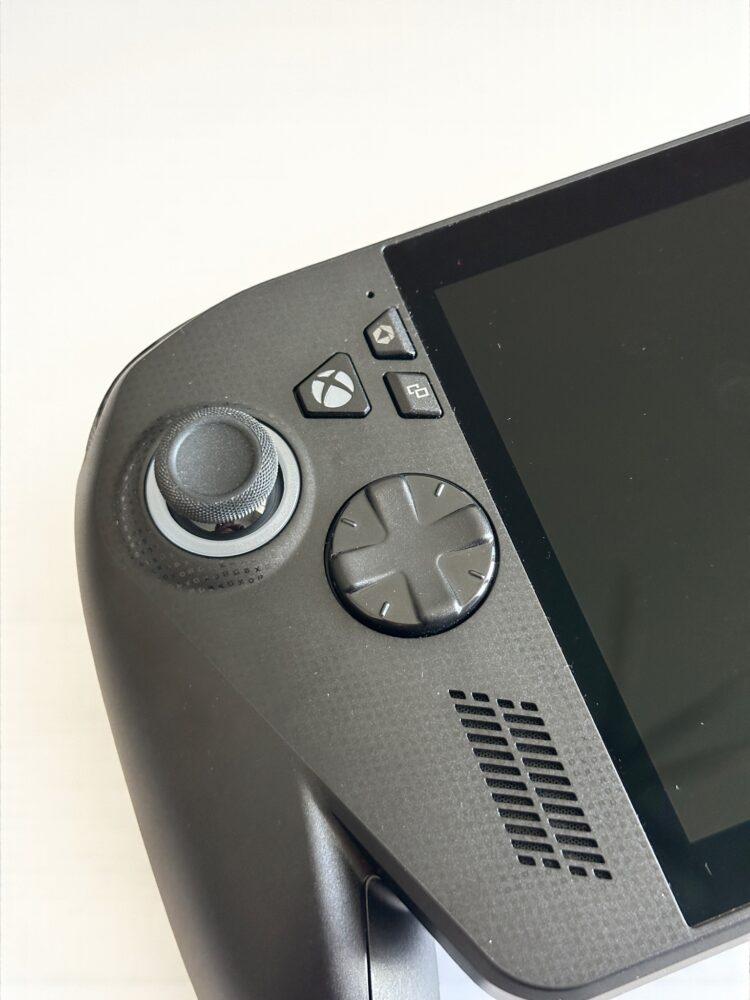
The D-pad, while smaller, remains crisp and accurate—great for fighting games and retro titles. The new HD haptics rival the DualSense in nuance, with tactile responses that change based on in-game context. Forza Horizon 5’s impulse triggers, for example, genuinely make you feel tire grip variations.
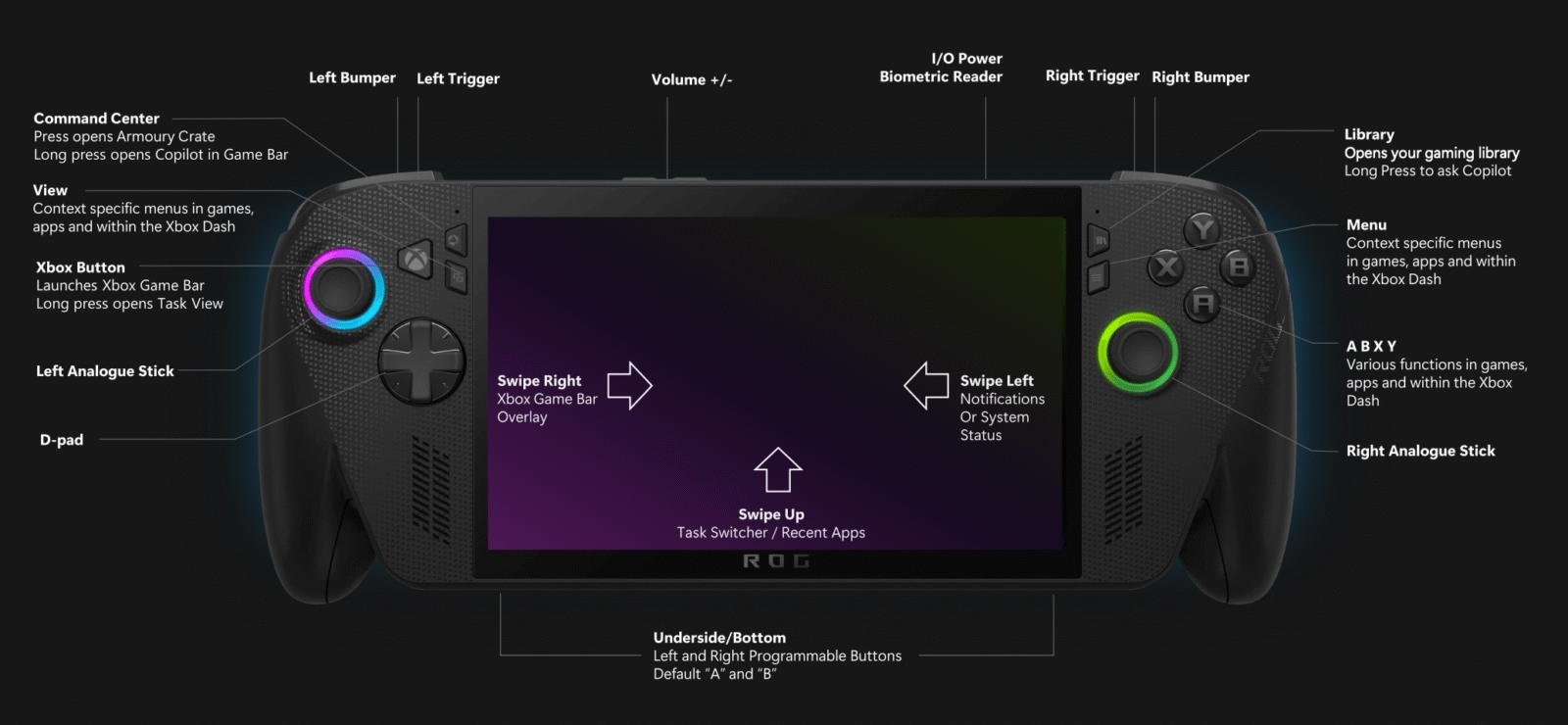
Audio has seen a quiet revolution (pun intended). The dual Smart Amp speakers with Dolby Atmos support deliver a wide soundstage. Whether you’re blasting DOOM Eternal or enjoying the subtle ambience of Indiana Jones, the ROG Xbox Ally X sounds incredible for its size. Plug in a decent pair of headphones, and the Hi-Res DAC rewards you with rich, distortion-free sound.
Software: Xbox Meets Windows, Finally Without Chaos
The software experience is where ASUS and Xbox pulled off something genuinely special. The Xbox Full Screen Experience feels like the missing piece of the handheld puzzle. It consolidates your entire gaming ecosystem—Xbox, Game Pass, Steam, Battle.net—into one beautifully unified dashboard. Launching games, switching libraries, even tweaking settings feels fluid.

The new Game Bar overlay, accessible via the Xbox button, is intuitive and powerful. You can monitor performance, adjust power profiles, toggle Radeon Super Resolution, or even summon the Gaming Copilot without exiting your game. It’s a control center that genuinely respects your time.
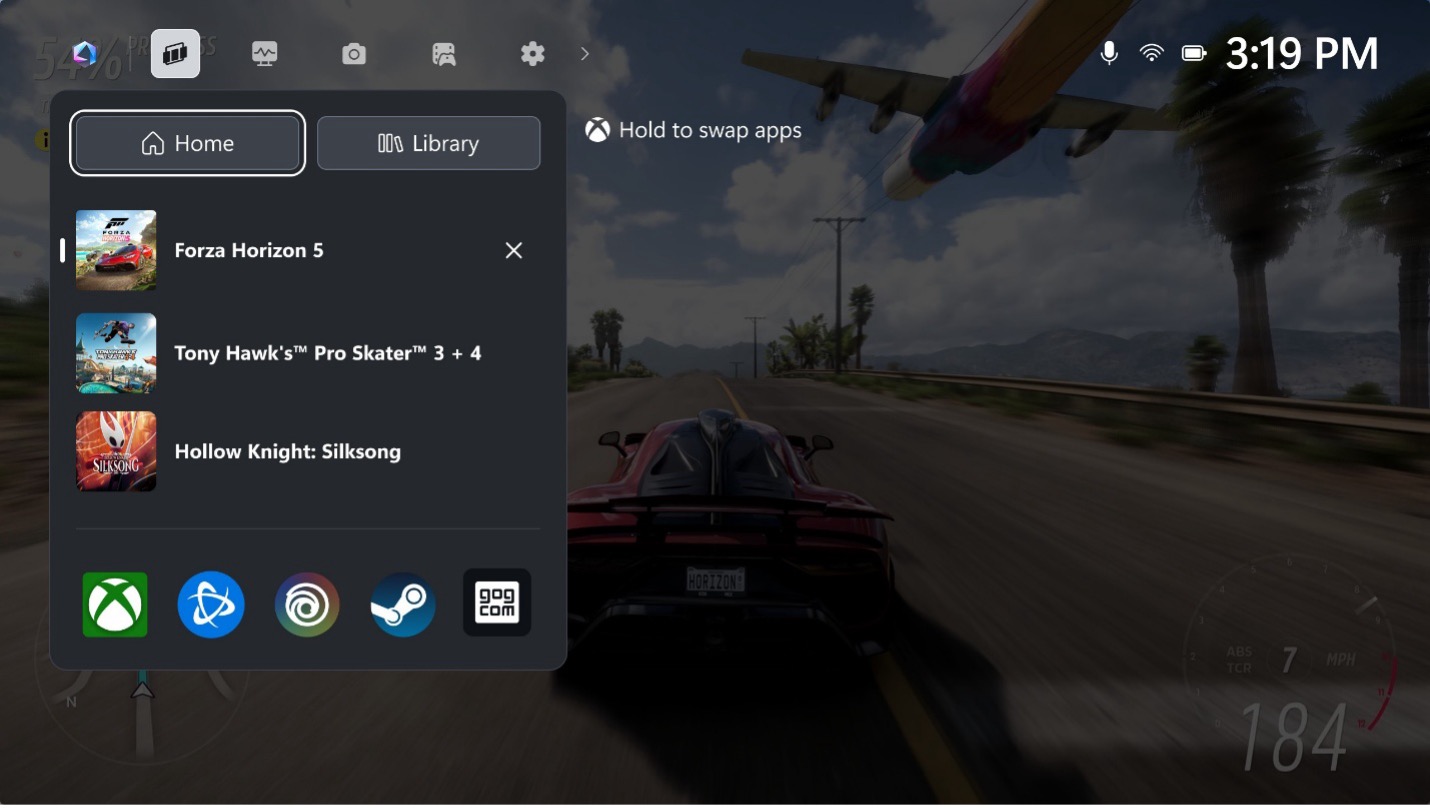
Armoury Crate SE has also matured into something more than a glorified update app. It’s now the central hub for performance tuning, controller mapping, and system customization. The new “Auto” mode intelligently adjusts power and FPS targets per game, using cloud-delivered profiles. It’s like NVIDIA’s GeForce Experience, but built into the OS and actually reliable.
There was the occasional laggy menu, random bugs and crashes, but atleast you no longer have to go hunting through five windows just to change the fan speed. It’s shockingly easy.
Gaming Copilot and the AI Future
Here’s where things get excitingly weird. Gaming Copilot (Beta) might sound like a gimmick, but it’s the most fun AI integration I’ve seen in gaming hardware. It’s accessible directly from the Game Bar, and you can talk to it in real time—asking for performance tips, build recommendations, or even game lore. It’s like Clippy got a degree in Game Design.
Future updates promise Auto SR (Automatic Super Resolution) that upscales games on the fly with NPU acceleration, and AI highlight reels that automatically record your epic moments. It’s not just flashy tech; it’s genuinely useful for streamers and creators. The idea that your handheld can intelligently capture your boss fights without draining battery or hogging CPU is wild.
Real-World Gaming: The Dream Finally Realized
Here’s where the magic really happens—where specs meet sweat, and marketing promises face the unrelenting reality of actual gaming. For the week I had this console of testing, I treated the ROG Xbox Ally X not as a review unit but as my main gaming machine. Docked, handheld, sprawled across my couch—it followed me everywhere like a loyal digital hound.

Let’s start with Forza Horizon 5. I’ve played this game on every possible platform: One X, Series X, PC, and even cloud. But something about driving across Mexico on the ROG Xbox Ally X feels transcendent. The bright 1080p display does the lush scenery justice, the adaptive triggers feed back every gear shift and bump, and the FreeSync support keeps motion silk-smooth. Even on battery in Performance mode, I held a steady 60FPS with medium-high settings. It’s so fluid, it feels like you’ve stuffed an entire Xbox Series X into your hands. Road dust never looked this good.
Then came Indiana Jones and the Great Circle, a title that—graphically speaking—didn’t blow me away at first. The lighting seemed muted, textures a bit flat, but gameplay-wise? The ROG Xbox Ally X turned it into a dream. The responsiveness of the controls, the lack of stutter, and the perfect balance between fidelity and performance made me forget the visual compromises. Whipping through puzzles and dodging traps at 70 FPS on a handheld is its own kind of thrill. It’s cinematic, fluid, and utterly immersive despite the slight dip in visual punch.

And finally, Starfield. I expected chaos—Bethesda’s sprawling RPGs have a reputation for melting lesser machines. But the ROG Xbox Ally X surprised me. Running the game in Performance mode at 1080p Medium settings with FSR 2, I was hitting 50–60FPS consistently. The massive draw distances, dense lighting, and particle effects all played beautifully on that 7-inch screen. It felt like having a miniaturized high-end PC in my palms. Long jumps between star systems never bogged down the experience, and quick resume through the Xbox full-screen mode was shockingly fast. Starfield ran better on this handheld than on some desktops I’ve tested.

What impressed me most, though, wasn’t just the frame rates—it was the stability. No random crashes, no Windows tantrums, no broken sleep states. Games paused, resumed, and synced cloud saves across devices without a hiccup. You had the occasial slow menu or random AI jumping in uninvited, but those seem minor enough to be fixed with some software updates. This is a first for a Windows handheld. The ROG Xbox Ally X isn’t fighting Windows anymore—it’s dancing with it.
Whether it be indie darlings like Hollow Knight or massive epics like Baldur’s Gate 3, I would be excited to try them all on this. Even after long sessions, the device stayed cool, quiet, and comfortable. For once, the dream of portable AAA gaming isn’t an exaggeration—it’s reality.
Verdict: The Handheld PC Finally Grows Up
The ROG Xbox Ally X is a statement piece. It’s the handheld that proves Windows can work as a console interface when designed with purpose. It’s sleek, powerful, intuitive, and versatile—a perfect blend of ASUS hardware engineering and Xbox ecosystem intelligence.
It’s not flawless. Windows can still be clunky if you dig too deep, and the AED 3,499 ($999) price tag makes it more of a premium luxury than a mainstream buy. But when you hold it, when you feel it humming through a high-stakes Cyberpunk chase sequence, you realize something profound: this is what handheld gaming was always meant to be.
If the original Ally was the rough sketch, the 2025 ROG Xbox Ally X is the masterpiece.

